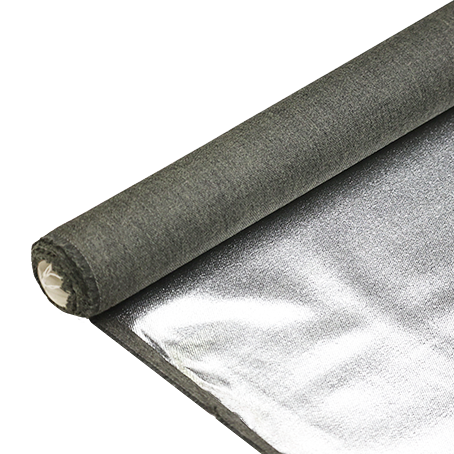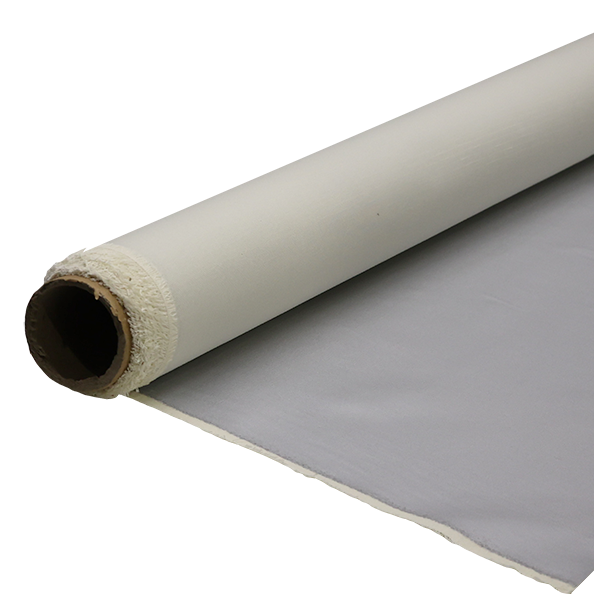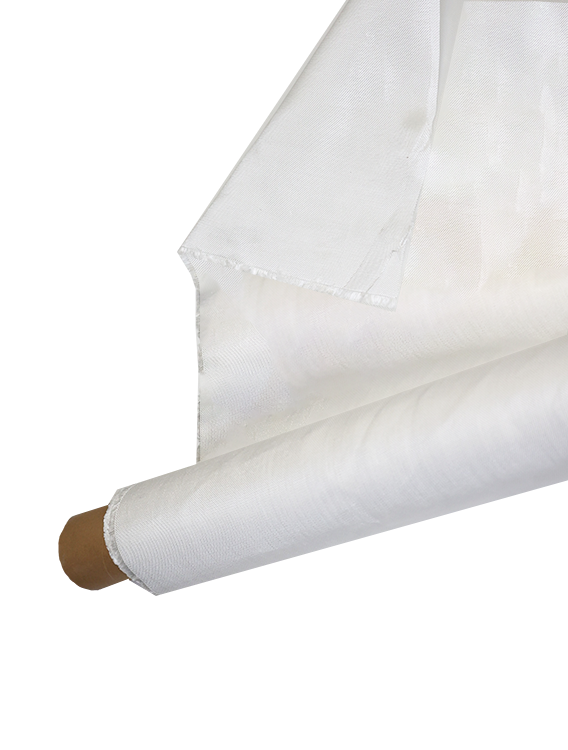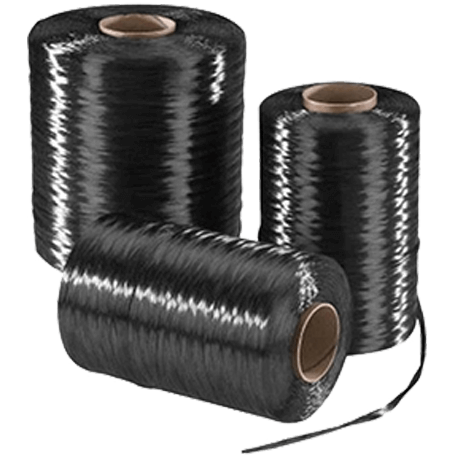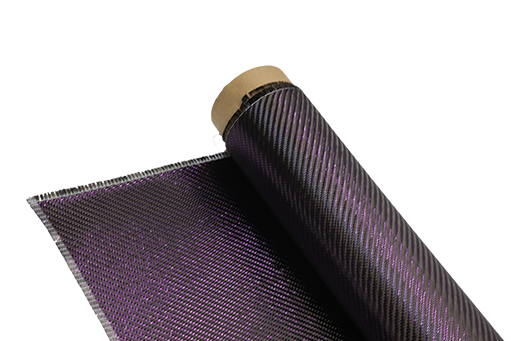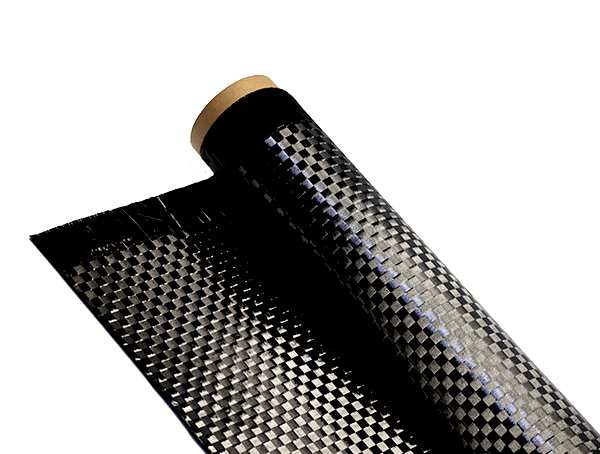Революция в производстве: сила препрега из углеродного волокна
-
Оглавление
“Strengthen your products without breaking the bank with cost-effective reinforcement using chopped carbon fiber for injection molding.”
Введение
Cost-effective reinforcement is a crucial aspect of injection molding, as it allows for the production of high-quality and durable plastic parts at a lower cost. One of the most popular and effective methods of reinforcement is the use of chopped carbon fiber. This material offers numerous benefits, including increased strength, stiffness, and impact resistance, while also reducing the overall weight of the final product. In this introduction, we will explore the use of chopped carbon fiber in injection molding and its advantages in creating cost-effective and high-performance plastic parts.
Benefits of Using Chopped Carbon Fiber for Injection Molding
Injection molding is a widely used manufacturing process for producing plastic parts in large quantities. It involves injecting molten plastic into a mold, which then cools and solidifies to form the desired shape. This process is known for its efficiency and cost-effectiveness, making it a popular choice for various industries. However, with the constant demand for stronger and lighter materials, manufacturers are constantly looking for ways to reinforce their plastic parts without compromising on the cost. This is where chopped carbon fiber comes in as a game-changer for injection molding.
Chopped carbon fiber is a type of reinforcement material that is made up of short strands of carbon fibers. These fibers are typically 3-10mm in length and are mixed with plastic resins to create a composite material. This material is then used in the injection molding process to produce parts that are stronger, stiffer, and lighter than traditional plastic parts. But what are the specific benefits of using chopped carbon fiber for injection molding?
First and foremost, chopped carbon fiber offers a significant increase in strength and stiffness to plastic parts. The carbon fibers are known for their high strength-to-weight ratio, making them an ideal reinforcement material for injection molding. When added to plastic resins, they create a composite material that is much stronger and stiffer than traditional plastics. This means that manufacturers can produce parts that can withstand higher loads and stresses without the need for additional reinforcements, resulting in cost savings.
Moreover, chopped carbon fiber also improves the impact resistance of plastic parts. The short fibers are randomly dispersed throughout the plastic matrix, creating a web-like structure that absorbs and distributes impact forces. This makes the parts more resistant to cracking and breaking, making them suitable for applications that require high impact resistance, such as automotive and aerospace industries.
Another significant benefit of using chopped carbon fiber for injection molding is its lightweight nature. As mentioned earlier, carbon fibers have a high strength-to-weight ratio, which means that they can provide the same strength and stiffness as traditional reinforcements, but at a much lower weight. This is especially beneficial for industries that require lightweight parts, such as the automotive and sports equipment industries. By using chopped carbon fiber, manufacturers can reduce the weight of their parts without compromising on strength, resulting in improved fuel efficiency and performance.
In addition to its mechanical properties, chopped carbon fiber also offers other benefits for injection molding. One of these is its ability to improve the surface finish of plastic parts. The carbon fibers act as a filler material, filling in any gaps or imperfections in the plastic matrix, resulting in a smoother and more uniform surface. This is particularly useful for parts that require a high-quality finish, such as consumer products and electronics.
Furthermore, chopped carbon fiber also has a positive impact on the overall production process. Due to its short length, it can easily flow through the injection molding machine, reducing the chances of clogging or jamming. This results in a more efficient and consistent production process, saving time and reducing the risk of defects.
In conclusion, the benefits of using chopped carbon fiber for injection molding are numerous. From improved strength and stiffness to lightweight and impact resistance, this reinforcement material offers a cost-effective solution for manufacturers looking to produce high-quality plastic parts. With its ability to enhance the mechanical properties of plastic parts and improve the production process, it is no wonder that chopped carbon fiber is becoming increasingly popular in the injection molding industry.
Cost Savings with Carbon Fiber Prepreg in Reinforcement Techniques

Reinforcement techniques are essential in the manufacturing industry, especially in injection molding. These techniques involve adding materials to a base material to improve its strength, durability, and overall performance. One popular reinforcement material is carbon fiber, known for its high strength-to-weight ratio and excellent mechanical properties. However, traditional carbon fiber reinforcement methods can be costly and time-consuming. This is where chopped carbon fiber for injection molding comes in as a cost-effective alternative.
Chopped carbon fiber is a form of carbon fiber that has been cut into short lengths, typically ranging from 3mm to 25mm. This form of carbon fiber is often used in injection molding as it can be easily mixed with the base material, resulting in a more uniform distribution of the fibers. This, in turn, leads to improved mechanical properties of the final product.
One of the main advantages of using chopped carbon fiber for injection molding is its cost-effectiveness. Traditional carbon fiber reinforcement methods involve using continuous fibers, which are more expensive and require specialized equipment for processing. On the other hand, chopped carbon fiber can be easily mixed with the base material using standard injection molding equipment, reducing the overall cost of production.
Moreover, chopped carbon fiber can be used in smaller quantities compared to continuous fibers, resulting in further cost savings. This is because chopped carbon fiber has a higher surface area, allowing for better dispersion and bonding with the base material. As a result, a smaller amount of chopped carbon fiber is needed to achieve the same level of reinforcement as continuous fibers.
Another cost-saving aspect of using chopped carbon fiber for injection molding is its ability to reduce cycle times. In traditional reinforcement methods, the continuous fibers need to be carefully laid out and aligned, which can be a time-consuming process. On the other hand, chopped carbon fiber can be easily mixed with the base material, reducing the time needed for reinforcement. This leads to increased productivity and cost savings in terms of labor and energy costs.
In addition to cost savings, chopped carbon fiber also offers other benefits in terms of reinforcement. As mentioned earlier, chopped carbon fiber has a higher surface area, which allows for better bonding with the base material. This results in improved mechanical properties, such as increased strength, stiffness, and impact resistance. These properties are crucial in industries such as automotive, aerospace, and sports equipment, where lightweight and high-performance materials are in high demand.
Furthermore, chopped carbon fiber can also improve the dimensional stability of the final product. This is because the fibers act as a barrier against shrinkage and warping, resulting in a more precise and consistent final product. This is especially beneficial in industries where tight tolerances are required, such as in the medical and electronics industries.
In conclusion, chopped carbon fiber is a cost-effective alternative for traditional carbon fiber reinforcement methods in injection molding. Its ability to reduce production costs, cycle times, and improve mechanical properties makes it a popular choice among manufacturers. Additionally, chopped carbon fiber offers other benefits such as improved dimensional stability, making it a versatile and valuable material in the manufacturing industry. As technology continues to advance, we can expect to see further developments and applications of chopped carbon fiber in reinforcement techniques, leading to even more cost savings and improved performance.
Maximizing Efficiency: Incorporating Chopped Carbon Fiber in Reinforcement Processes
In today’s competitive market, manufacturers are constantly looking for ways to improve their processes and reduce costs without compromising on quality. This is especially true in the field of injection molding, where reinforcement materials play a crucial role in the strength and durability of the final product. One cost-effective solution that has gained popularity in recent years is the use of chopped carbon fiber in reinforcement processes.
Chopped carbon fiber is a lightweight and high-strength material that is made by cutting carbon fibers into short lengths. These fibers are then mixed with a polymer resin and injected into a mold to create a reinforced plastic part. This process is known as injection molding and is widely used in various industries such as automotive, aerospace, and consumer goods.
One of the main advantages of using chopped carbon fiber in injection molding is its high strength-to-weight ratio. This means that even with a small amount of carbon fiber added, the resulting part will be significantly stronger and lighter than a part made with traditional reinforcement materials such as glass fibers. This not only improves the overall performance of the product but also reduces its weight, making it more fuel-efficient and cost-effective.
Moreover, chopped carbon fiber is also known for its excellent dimensional stability. This means that the final product will have minimal shrinkage or warping, ensuring a precise and consistent shape. This is particularly important in industries where tight tolerances are required, such as in the production of electronic components.
Another benefit of using chopped carbon fiber in injection molding is its resistance to corrosion and chemicals. This makes it an ideal choice for parts that are exposed to harsh environments or chemicals, such as in the automotive industry. The use of chopped carbon fiber can significantly increase the lifespan of these parts, reducing the need for frequent replacements and ultimately saving costs for manufacturers.
In addition to its physical properties, chopped carbon fiber also offers cost savings in terms of production efficiency. Due to its lightweight nature, it requires less energy to transport and handle, resulting in lower shipping and handling costs. Furthermore, the injection molding process itself is faster and more efficient when using chopped carbon fiber, as it requires less time for the material to cool and solidify. This translates to higher production rates and lower labor costs for manufacturers.
One of the key factors that make chopped carbon fiber a cost-effective reinforcement material is its versatility. It can be easily incorporated into existing injection molding processes without the need for major modifications. This means that manufacturers can start using chopped carbon fiber without significant investments in new equipment or training for their employees. This makes it a practical and accessible solution for companies of all sizes.
However, like any other material, there are some considerations to keep in mind when using chopped carbon fiber in injection molding. For instance, the length and orientation of the fibers can affect the strength and properties of the final product. Therefore, it is essential to work closely with a reputable supplier who can provide the right type of chopped carbon fiber for the specific application.
In conclusion, the use of chopped carbon fiber in injection molding offers a cost-effective solution for manufacturers looking to improve the strength, durability, and efficiency of their products. Its high strength-to-weight ratio, dimensional stability, resistance to corrosion and chemicals, and versatility make it a valuable reinforcement material in various industries. With the right supplier and proper integration into the production process, chopped carbon fiber can help companies maximize efficiency and stay ahead in today’s competitive market.
Вопросы и ответы
1. What is chopped carbon fiber and how is it used in injection molding?
Chopped carbon fiber is a type of reinforcement material that is made up of short, chopped strands of carbon fibers. It is commonly used in injection molding as a filler material to improve the strength and stiffness of plastic parts.
2. What are the benefits of using chopped carbon fiber in injection molding?
Using chopped carbon fiber in injection molding can provide several benefits, including increased strength and stiffness of the final product, improved dimensional stability, and reduced weight. It can also help to reduce production costs by allowing for faster cycle times and lower material usage.
3. Is chopped carbon fiber a cost-effective option for reinforcement in injection molding?
Yes, chopped carbon fiber is considered a cost-effective option for reinforcement in injection molding. While it may have a higher upfront cost compared to other reinforcement materials, its benefits such as improved strength and reduced weight can lead to long-term cost savings. Additionally, its compatibility with various plastic resins allows for versatility and cost-effectiveness in different applications.

